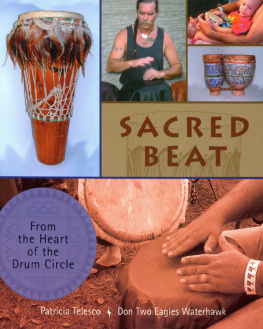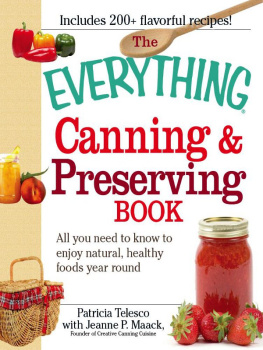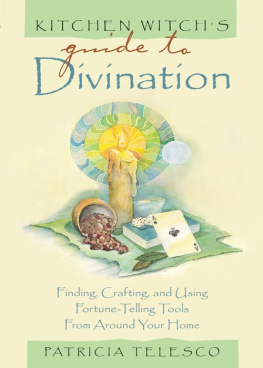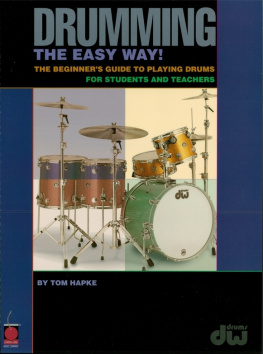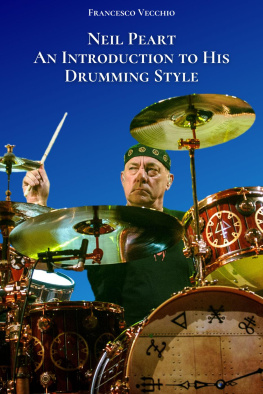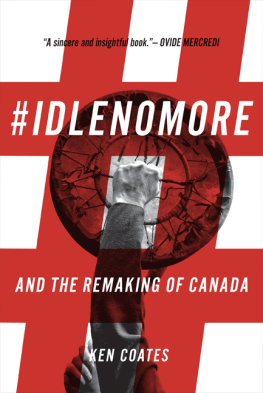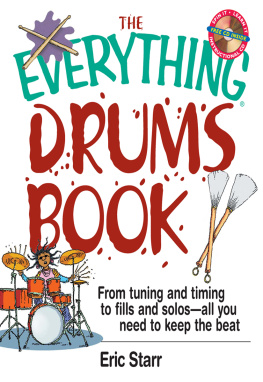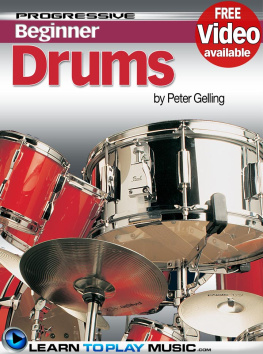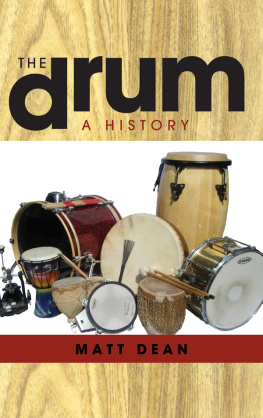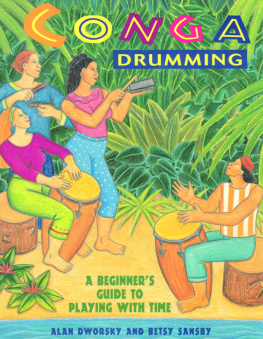
Acknowledgments
Trish
I want to extend our gratitude to every person who participated in the drum survey, the quotes from which fill the pages of this book with the voice of the community, echoing from all quarters of the Sacred Wheel. The response was so overwhelming that we couldn't include everyone's quotes in this context. Nonetheless, please know that your words inspired us, motivated us, and helped these pages sing harmoniously with both the Drum Spirit and the amazing energy of Tribe. Thank you all!
I also say a special thank you to Mino, who acted as reader, mentor, and guide throughout this book's birthing process.
Don
I thank my teachers, knowing and unknowing, Billy Woods, Davi'd, Abbi Spinner, for showing me the path of freedom with the drum. I thank Yeh Weh Node (Grandmother Twylah Nitsch) for showing me the wheel of truth and balance. Thanks to Turtle, for pushing me into the wheel when I became afraid to walk it. And I also say thank you to the drum that sits beneath my fingers and puts up with my humanness. Wah Do! to Daniella and Trish Telesco for nagging me for two years about writing this book and getting the information out for the good of all.

Appendix A: Types of Drums
The neopagan movement is, in part, about going back (or at least connecting with) our cultural and racial past. Drumming and dancing are part of that connection process.
Okami Myrrhibis
Drum making is filled with rich cultural traditions. In some areas the name for a drum comes from the sound it makes (the name trying to mimic that sound). In some areas it's simply named after its visual impact (like the hourglass drum), and in others still it has to do with construction (like the hoop drum). The variety of drums evidenced in various settings and eras has been remarkable. We present this list to you of only those drums that are still in contemporary use, focusing mainly on those preferred for sacred drumming as we've presented it in this book.

Ashiko: A cylinder-shaped drum like the conga, tuned with a rope system, bearing a consistent high-point tone, but much quieter than the djembe by comparison.
Bodhran: A Celtic frame drum that's fairly portable and easy to learn.
Bongo: Hard to use in circles because they're not meant for loud sound (the conga is louder).
Conga: Cylinder-shaped drums popular in Cuba and Puerto Rico. This drum is tunable.
Daf: A Persian frame drum that was seen in paintings before the birth of Christ. Many Persian festivals were accompanied with the daf as early as A.D. 224, often accompanied by chanting and Sufi dancing. The daf came into Europe around the fifteenth century with the Sufis, then integrated itself into the European music in the seventeenth century.
Dhoumbak: The most important percussion instrument native to Persia, the body is shaped a bit like a goblet, carved from a single log. They are also made from metal or clay. Seen frequently in belly dance performances of the Near and Middle East, it's very portable and not overly loud. Also called the tonbak, donbak, and tombak. The Persian version of this instrument is a zarb. Incredibly portable.
Djembe: An hourglass-shaped drum among the most popular in the modern movement, it has a strong, consistent voice and can be tuned by adjusting the ropes. It is played with three basic movements, a slap (that makes a pa sound), go (which is a tone), and gun (which is the base).
Dundun: A wonderfully portable drum shaped like an hourglass. When you manipulate the strings of this drum the tone changes, and often makes the drum sound human. That is why these are called talking drums. A skilled player can learn to relate all manner of stories and messages through this vehicle. The only problem becomes learning a language for the drum that other drummers know. (Note: the language of talking drums varied a lot in Africa for many reasons, not the least of which was safety. If anyone understood your drum, they knew what you were up to!)
Frame drum: A popular one in Arab tradition for weddings and other religious rites.
Hoop drum: A two-sided drum often seen among Native Americans. The two sides give the drum a lower tone and typically amplifies one head.
Hourglass drum: Called a kotsuzumi in Japan, this drum comes in a lot of varieties (both stringed and not stringed).
Kanjira: In contrast to the tabla, this is from southern India. It consists of an eight-inch shell, two inches deep, and has a strong bass voice. A pair of jingles is often affixed to this to vary the sound. One hand must support this drum and pinch it to change the tone, while the other plays rhythm.
Pahu: A dancing drum that is popular in Hawaii for religious festivals. Very portable (because it's intended for the dancer's use!).
Slit drums: These once symbolized the voice of the ancestors encouraging us to dance. As we dance to them, we become one with the community of the past, the present, and all that's yet to be.
Steel drum (Pan): This offers a full range of notes on the chromatic scale. During times when drums were banned in Trinidad, steel drums were fashioned from empty oil barrels (early 1930s). Since the steel drum was used for band work, they're relatively portable.
Tabl: A very portable drum with two heads on the top and the bottom, and shaped equidistantly in between (taking a semirectangular form in the front), common in Arabic regions.
Tabla: A drum of northern India that has two heads, each of which is played with a different hand. Being cup-shaped, about ten inches high, these are fairly portable.
Taiko: The word taiko literally means big drum in Japan. These drums are typically made from one piece of hollowed-out wood, with a cow skin stretched over each end. They range in size from six inches to a massive six feet in diameter and have participated in both the religious and social life of Japan for hundreds of years.

Water Drum: These hold water and/ or have a wet head when played. Magically it's a nice way to combine elements. Since humans are mostly water, we often resonate deeply with this type of drum, which offers variety in its tones and amplification. Typically these are carved from stone, shells, or lava.

Appendix B: The Divine Drum
It comes as no great surprise that many global deities were credited either with inventing or enjoying music, dance, or specific musical instruments. Something so sweet and beautiful that touches every human heart and soul, must be divine. Since one of the goals of this book is to improve a person's connection with Spirit, we'd like to provide you with this brief glossary of global gods and goddesses who govern the fire, drumming, dancing, singing, and/ or other types of music.
For those seeking a face for the Divine to whom they relate through their art(s), this is one place to start looking. Our only bit of counsel here is don't randomly call on a god or goddess with whom you have not developed a relationship. Just as you would not go up to a stranger's door saying gimme, invoking an unexplored deity is similarly presumptuous. Take the time to learn about the deity's cultural setting and mythologies, and how to pronounce his or her name correctly. Then use your personal or community fire circle as a bridge between the worlds to invite those sacred powers into your life.
Next page
